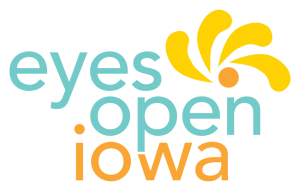Virtual Professional Development is a simulated classroom where teachers can practice teaching student avatars using short scenarios and support from an instructional coach, so they can quickly learn and master the skills they most need to be effective. With upper elementary, middle and high school classrooms, Virtual PD has scenarios for teachers of all grade levels across a wide range of topics aligned with the Professional Learning Standards for Sex Education (PLSSE). You can watch the video here to learn more about Virtual PD.
Using the Virtual Professional Development simulated classroom, the educator will practice Creating LGBQ Inclusive Classrooms with the student avatars. In this VPD scenario, the participant will need to demonstrate the use of inclusive and affirming language and the ability to intervene effectively in homophobic and other bullying comments and actions. The educator will introduce the topic of STDs and ask each student to share one behavior they have heard that can place someone at risk for getting an STD. This scenario can be used with high school or middle school students.




